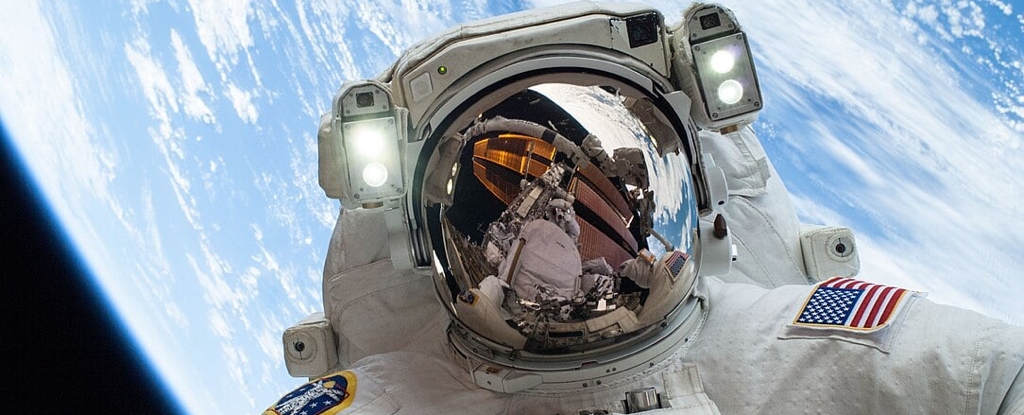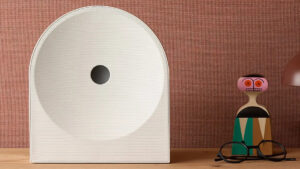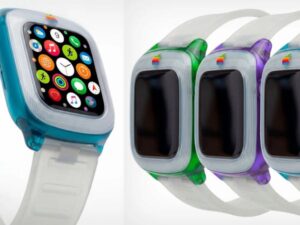
When astronauts return from the International Space Station (ISS), many report an unexpected side effect: changes in their eyesight. This phenomenon affects approximately 70% of astronauts on long-duration missions, prompting NASA scientists to explore why weightlessness impacts vision.
Dr. Sarah Johnson was among the first to notice this during her six-month stay aboard the ISS. She reported that text, once crystal clear before launch, became blurry. Johnson’s experience is not unique; astronauts frequently report difficulty reading, blurred distance vision, and other visual changes that can persist for years after returning to Earth.
Understanding Spaceflight Associated Neuro-ocular Syndrome (SANS)
The condition, now known as Spaceflight Associated Neuro-ocular Syndrome (SANS), has emerged as one of the most pressing health concerns for long-duration space missions. Unlike motion sickness or muscle weakness, which resolve quickly back on Earth, the vision changes associated with SANS can be permanent.
The primary suspect in this condition is microgravity itself. On Earth, gravity pulls fluids downward through our bodies. In space, these fluids redistribute, leading to facial puffiness and increased pressure inside the skull. This elevated pressure can flatten the back of the eyeball and cause swelling of the optic nerve.
“We need to understand whether these changes stabilize or continue worsening over time. An astronaut with severely compromised vision could jeopardize an entire Mars mission.” – Dr. Michael Roberts, NASA’s vision research lead.
These findings have significant implications for future Mars missions, which could last two to three years. Dr. Michael Roberts and his team at NASA are actively developing countermeasures, including special contact lenses, medications to reduce fluid pressure, and exercise protocols to maintain normal circulation.
Innovative Solutions and Broader Implications
NASA’s research team is also testing a device called the Visual Impairment Intracranial Pressure (VIIP) chamber, designed to simulate Earth-like pressure conditions for the eyes. While the primary focus is on astronaut health, this research has potential benefits for people on Earth as well. Scientists are gaining new insights into how pressure affects vision, which could aid in treating conditions like glaucoma and intracranial hypertension.
The announcement comes as NASA continues to push the boundaries of human space exploration. Understanding how our bodies adapt to space remains crucial as we test the limits of longer-duration space flights. The research into solutions will continue at NASA and on board the ISS, ensuring that when humanity finally embarks on a mission to Mars, astronauts will have clear vision to witness their accomplishments.
The Path Forward
As NASA delves deeper into the mysteries of SANS, the agency is not only safeguarding the health of its astronauts but also contributing to medical knowledge that could benefit millions on Earth. The ongoing research is a testament to the interconnectedness of space exploration and terrestrial science.
Meanwhile, the vision challenges faced by astronauts underscore the complexities of human space travel. As we prepare for future journeys beyond our planet, the lessons learned from SANS will be invaluable in ensuring the safety and success of these missions.
This article was originally published by Universe Today. Read the original article.







